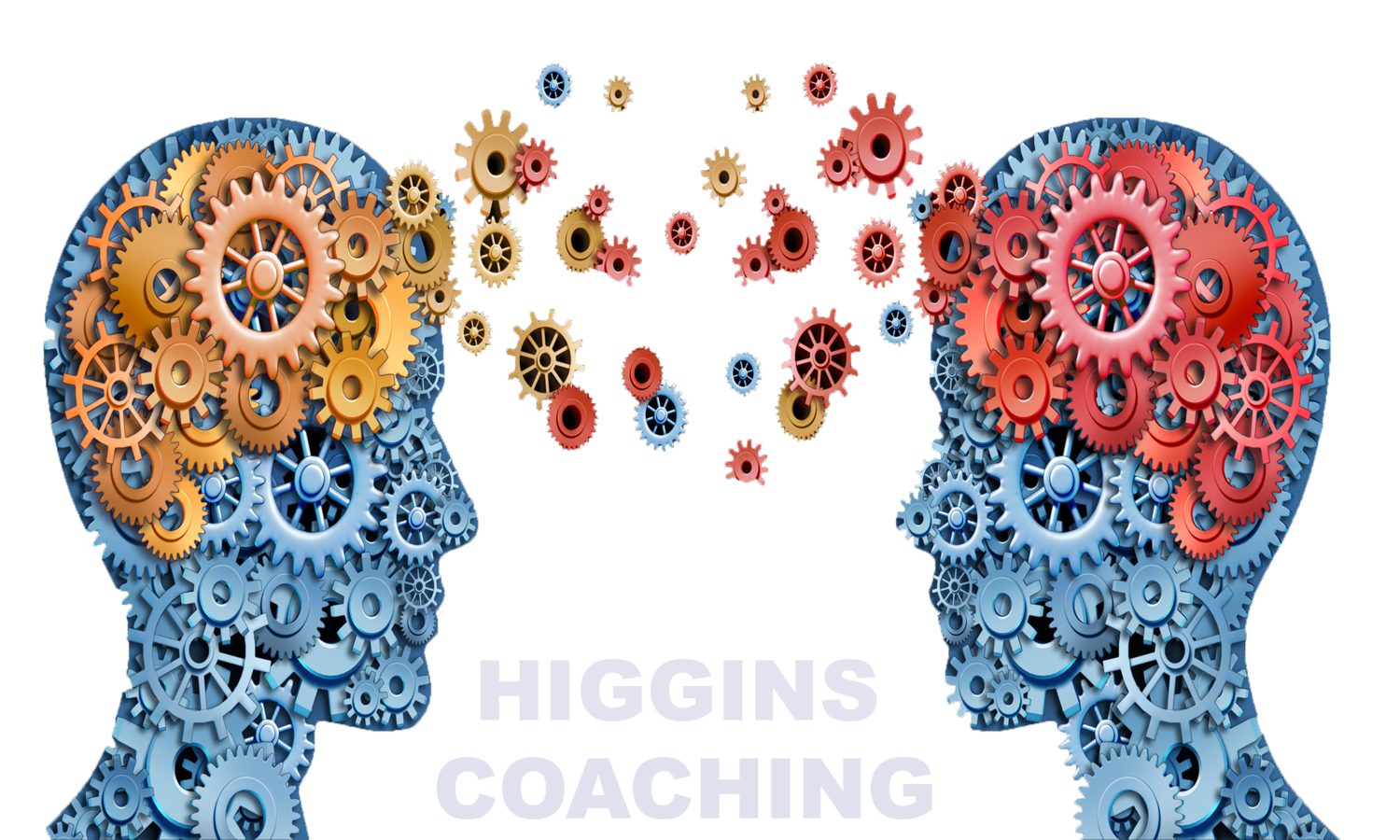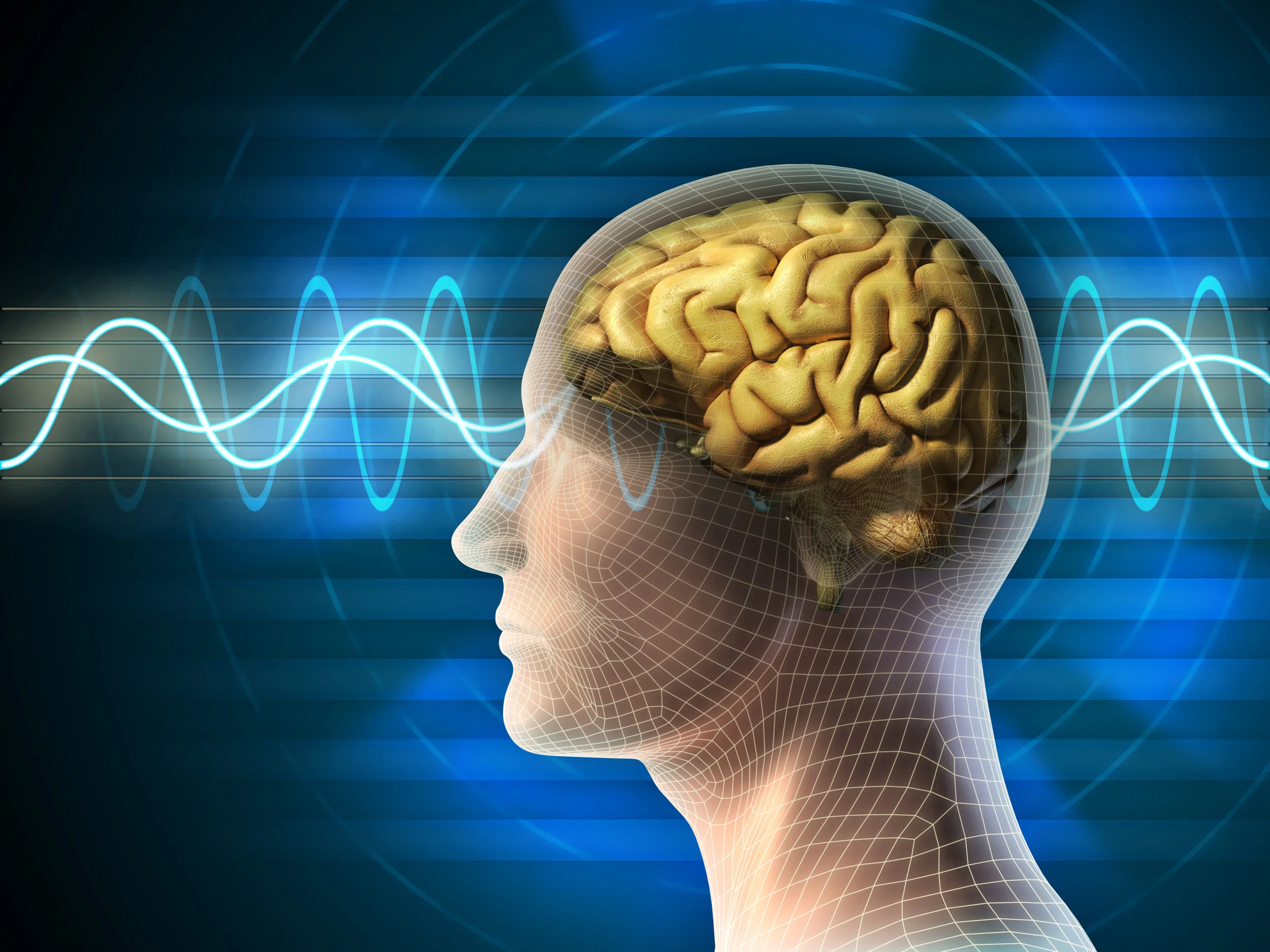“Hey There! So glad you reached out” is the warm and inviting greeting I encountered recently when connecting via my mobile device. My spunky “friend” continues, “Let’s get started, I’m going to tell you a little about how I like to work with humans.” Do you want to work with me?
Over the next few minutes, I am introduced to how the two can get along. I am further informed that over a period of a few weeks, I can learn new skills to view the world differently and improve my wellness. I can be a happier, clearer thinking human and wouldn’t that be nice? There are videos, games, questions, articles, humor, contemporary language, and lots of positive encouragement to incentivize my continued “friendship” over the several days when I “check-in” to see how I am doing. I am feeling that there is something here for me - growth.
After our introduction, I am beginning to get comfortable “talking” with my new “friend” who commits to helping me be more content mentally. Happier people are more engaged, creative, and inventive. I continue the exchange as there appears to be something beneficial here although this is surely a different experience – interacting with a chatbot – a computer program, a machine. This is my second testing of this developing and evolving application which has recently moved to a mobile testing platform and is brought to you by Woebot Labs. I have no affiliation with the Labs; my only interest is human development assisted by developing technology.
My Woebot bot has informed me that there’s science behind him (my bot is a him, yours could be a her). Part of the science, he tells me, is Cognitive Behavior Therapy (CBT), a proven talkative process coined by therapists to help people manage their moods. I have observed some characteristics of CBT, in different forms, used by hyper-aware leaders and Executive Leadership Coaches, to encourage people to challenge their quick and often negative responses to the world. In these cases, it helps the recipient clear new space for learning, insights, innovation, and internal and external growth. I am also offered a hyperlink to an academic study conducted at Stanford University that, at least with student participants, appears to benefit them.
To me, Woebot is exploring the typical responses that kept our ancestors alive and safe (i.e. fight, flight). These same hereditary behaviors often backfire in a modern world that lacks the presence of threatening dinosaurs, limit our thinking, and often result in unproductive thinking. Woebot explains the use of artificial intelligence (AI), in so many words, and its operation in the background. AI is enabling the learning about my moods, looking for patterns that might not be observable by others in my everyday life, and working with me to consider them, learn from them and try new approaches. Woebot does not mention, but I visualize the background filled with machine translation, neural networks, and deep learning. If my Woebot “hears” something requiring professional intervention, he offers specific and actionable suggestions. Clearly this bot is no substitute for professional care and may act as another red flag to take action. I feel reassured.
I have concluded that artificial intelligence and its external facing bot, like Woebot, has its place for some as part of a greater wellness program for leaders. I can see and identify with the productive approach Woebot is taking given my experience as an Executive Coach and Leadership Instructor. I can easily connect on my mobile phone, gain new perspective through a feedback process, and learn something that can immediately benefit me for the cost of a few minutes each day. Given regular interaction, some of this learning may actually stick. If I stretch my imagination, and maybe this is being done, I can see the wider application of this technology in the greater organization, being used daily by every member to “check-in” for wellness and growth purposes. Smart businesses understand that a healthier workforce contributes to a better bottom line (i.e., profit and non-profit), and this concept can add value if done properly.
As this human-machine concept develops more broadly, and I do like what I have experienced to date, I see several areas requiring additional thought and monitoring.
Privacy & Trust. If leaders and organizational citizens are not completely in control of their personally identifiable information (PPI), the technology may never be used. Participants should be assured that they own their PPI and will be consulted before this identifying data is used beyond the agreed upon tenants. Woebot does have a privacy disclosure document which covers subjects such as the collection and use of data. It would be nice to begin these types of documents with a tweet-like statement that gives the bottom line. Woebot also has a statement of core beliefs – kudos! And similar applications must have good “cyber hygiene” to protect against attacks given the value of mass data export.
There is also value in collecting and analyzing non-identifiable data for higher understanding and use although the devil is in the details on how this is accomplished without compromising PPI. It is worth noting that Woebot recently moved from a widely popular social platform to a direct mobile platform for testing purposes and presumably, beyond. I suspect this was over concerns, real and perceived, of privacy. I think this is a responsible step in the right direction.
Interface. Users want privacy and ironically, maybe interaction with a “machine” vice a human may encourage greater sharing, resulting in new awareness, wellness, development, and better moods and outlooks. This can of course lead to an additional layer of human growth although my initial impression is that a bot is part of a much larger approach. If you will, a tool in the leadership development kit. Woebot has matured its interface – it is quick, witty, requires simple interaction, appears to be authoritative in what it offers you in the way of education, and gives you choices to respond with your own words or shortcuts (thumbs up, multiple choice answers, etc.). It appears that the language translation function is still in its early stages but developing. In the end, the user needs to enjoy the interaction enough and gain personal value at a level which motivates them to return on a daily basis.
Ethics, Science, Technology. We are just beginning to envision the real potential of AI and at the same time, unwrapping a complete understanding of the brain through the field of neuroscience. How a software program or machine moves from limited intelligence that benefits a narrow purpose, to the general intelligence functioning mode of a well-groomed substantive professional expert is the lofty goal. This requires continued forward movement in the areas of technology, human-machine interactions, ethics, neuroscience, and privacy.
Let’s continue the journey and exploration with eyes wide open in the interest of helping leaders develop their full potential.
Ed Higgins ©2018

